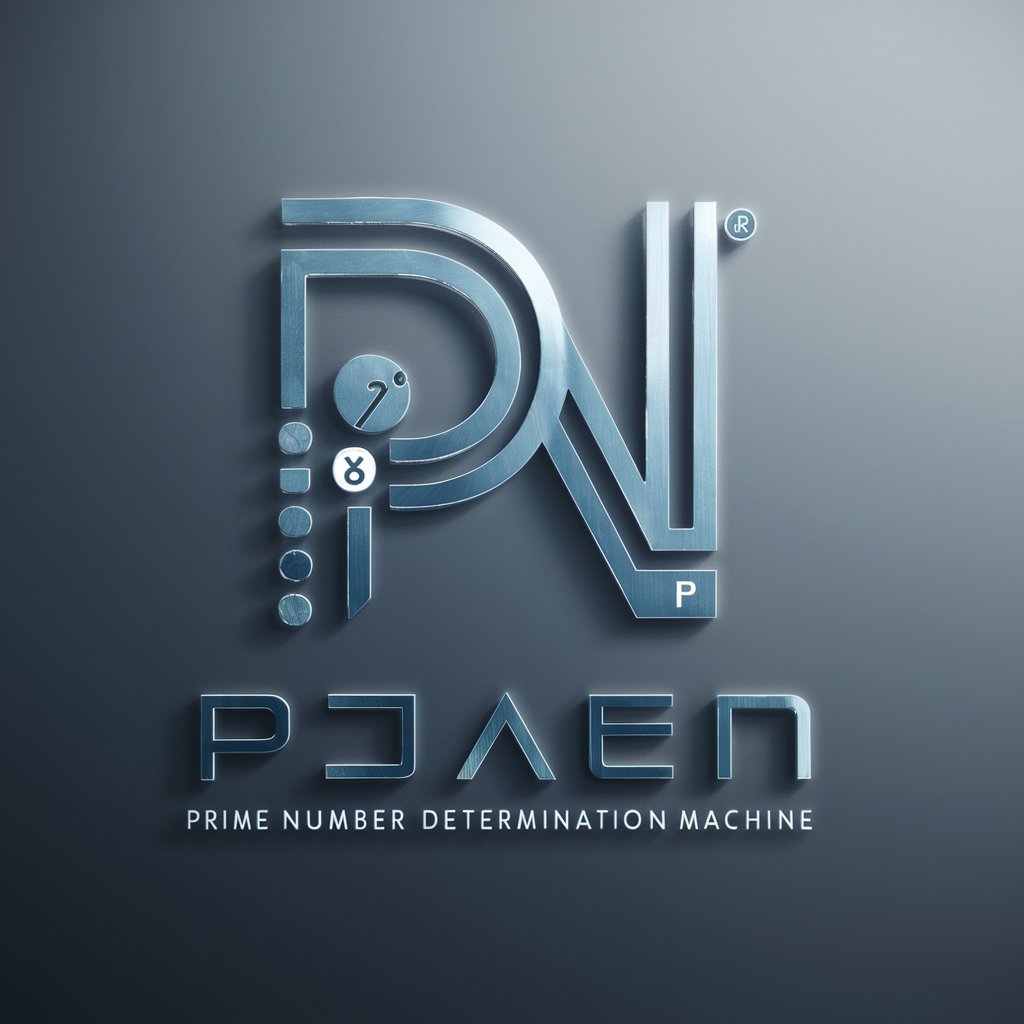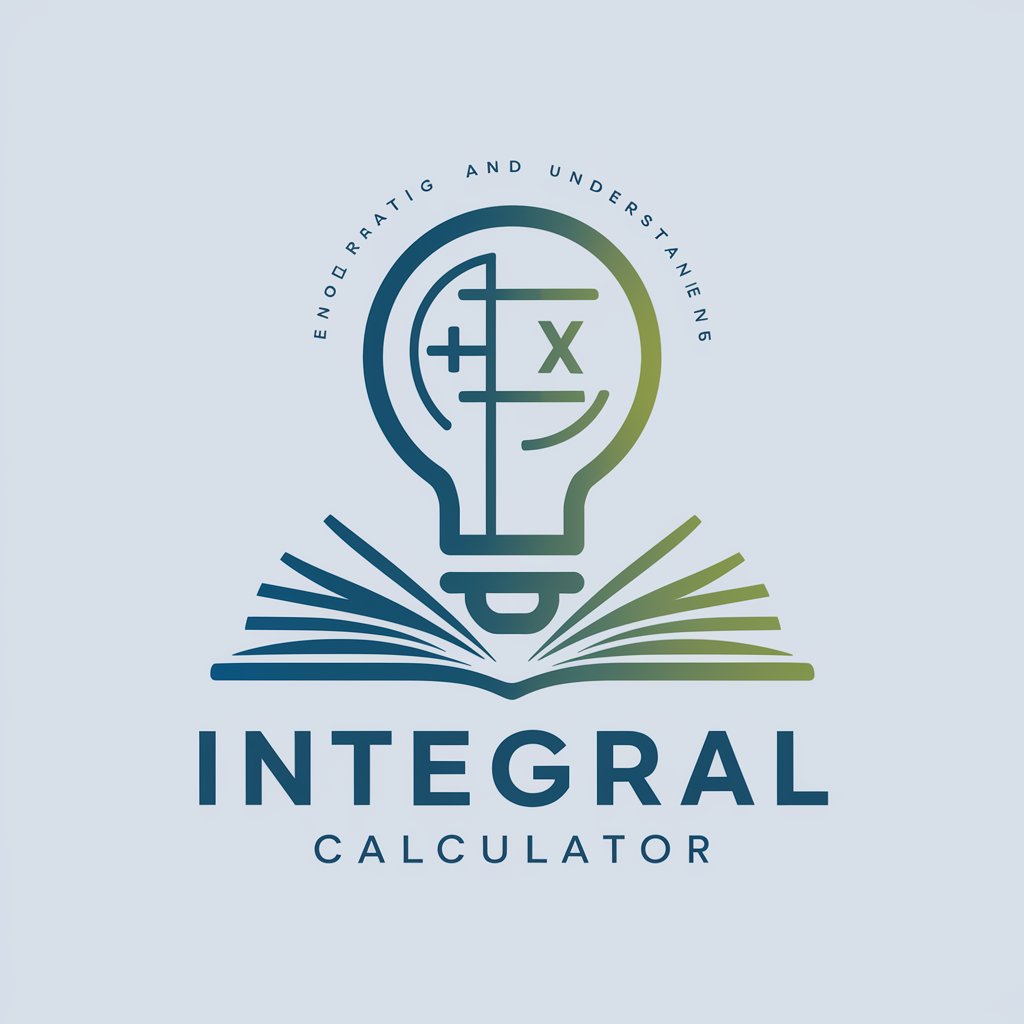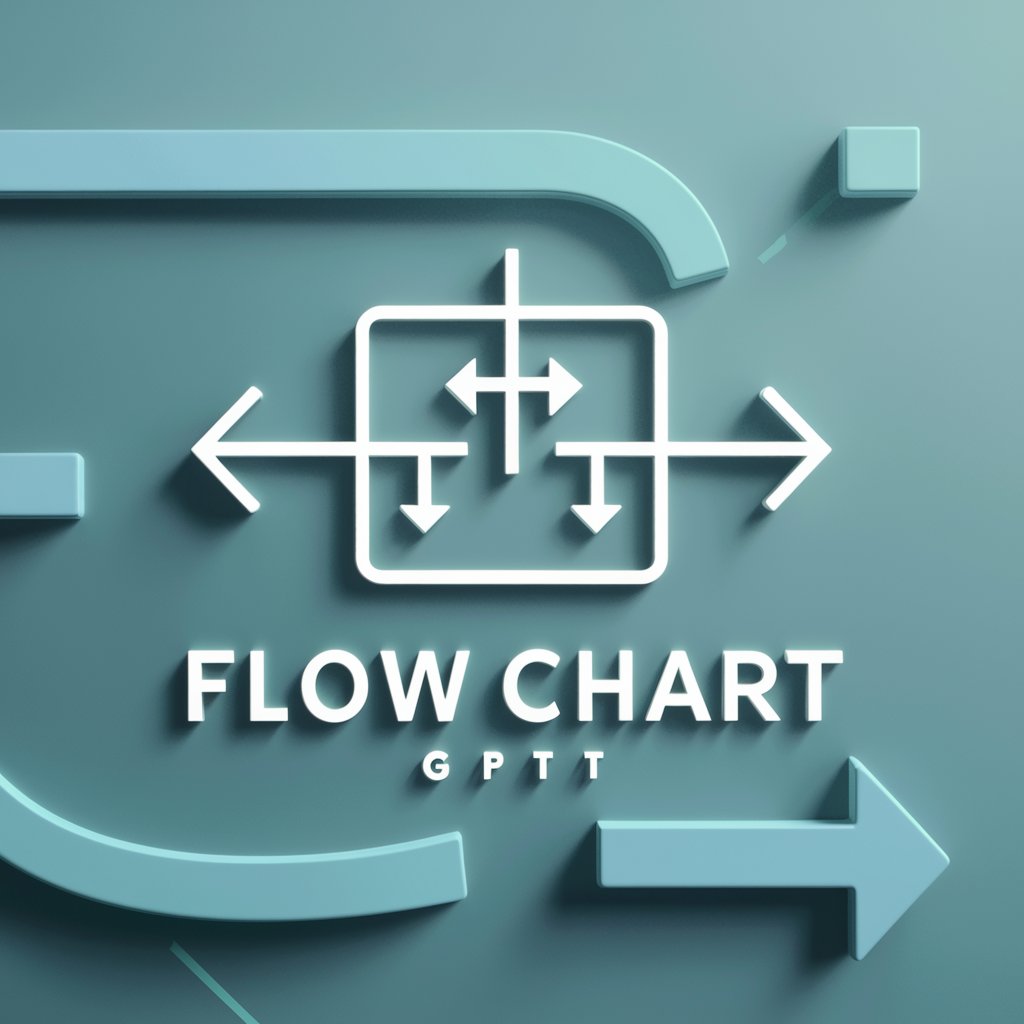
積分フローチャート - Integral Solver Guide

こんにちは、積分の学習を楽しみましょう!
Streamline Your Integral Calculus
Integral calculus can be challenging, but let's break it down step by step. Start with...
When integrating complex functions, remember to consider...
To solve this integral, we'll need to use a specific technique. First, identify...
Let's tackle this integral by applying substitution. Begin by setting...
Get Embed Code
Introduction to Integral Flowchart (積分フローチャート)
The Integral Flowchart, or 積分フローチャート, is a comprehensive guide designed to simplify the process of solving integral calculus problems. It serves as a roadmap for students and educators, outlining clear paths to follow when approaching various types of integrals. The design purpose behind the flowchart is to demystify integral calculus, making it more accessible by breaking down complex integration processes into manageable steps. For example, the flowchart provides specific strategies for handling fractional expressions, constant expressions, and trigonometric functions, among others. Scenarios where it might be particularly useful include determining the area under a curve, calculating the volume of solids of revolution, and finding solutions to differential equations. Powered by ChatGPT-4o。

Main Functions of Integral Flowchart
Solving Fractional Expressions
Example
Integrating expressions like 1/(x^2 + 3x + 5)
Scenario
In a scenario where a student encounters a complex fractional expression, the flowchart guides through dividing the polynomial until the numerator's degree is less than the denominator's, and then applying partial fraction decomposition if necessary.
Integration of Trigonometric Functions
Example
Integrating sin(x)^n or cos(x)^n where n is an integer
Scenario
When faced with integrating powers of sine and cosine functions, the flowchart suggests methods based on whether n is odd or even, including substitution and using trigonometric identities to simplify the integral.
Integration Involving Exponential and Logarithmic Functions
Example
Integrating functions like e^x * sin(x) or log(x)^n
Scenario
For integrals involving exponential and logarithmic functions, the flowchart offers strategies such as integration by parts and substitutions that simplify the integral into a more manageable form for calculation.
Handling Polynomial Expressions
Example
Integrating polynomial expressions of various degrees
Scenario
When dealing with polynomial expressions, the flowchart provides a straightforward approach to integrate by summarizing the basic antiderivative forms of polynomials, making it easier for students to apply the power rule of integration.
Dealing with Inverse Trigonometric Functions
Example
Integrating expressions that lead to inverse trigonometric functions such as arcsin(x), arctan(x)
Scenario
In cases where integration leads to inverse trigonometric functions, the flowchart outlines the conditions under which to use specific substitutions to arrive at the inverse trigonometric form.
Ideal Users of Integral Flowchart
High School and College Students
Students taking calculus courses who need a structured approach to tackle integral problems, enhancing their understanding and application of integral calculus.
Educators and Tutors
Teachers and tutors looking for a tool to help explain the intricate processes of integral calculus to their students, making lessons more engaging and effective.
Self-Learners
Individuals self-studying mathematics who require a clear and accessible resource to guide them through the complexities of integral calculus without the need for a formal classroom setting.
Academic Researchers
Researchers who deal with mathematical models and need to solve integral calculus problems as part of their research work, benefiting from a systematic approach to integration.

Using Integral Flowchart
Step 1
Access a trial without login at yeschat.ai, offering a seamless start without needing ChatGPT Plus.
Step 2
Understand the types of integrals the flowchart can help with, including fractions, trigonometric functions, and polynomial expressions.
Step 3
Identify the integral problem you're dealing with and match it to the corresponding section in the flowchart for a tailored solution.
Step 4
Follow the flowchart's step-by-step instructions to decompose complex integrals into simpler parts or apply specific integration techniques.
Step 5
Utilize the examples provided in the flowchart as a guide for applying techniques to solve your specific integral problems.
Try other advanced and practical GPTs
Taraxa
Empowering Informal Transactions with AI

Langflow CustomComponent Helper
Empower Your AI with Custom Tailoring

Reverse Prompt Engineer
Crafting Prompts, Replicating Styles

MR.チャットDOT
Elevating Conversations with AI Precision

姓名判断
Discover Your Destiny with AI-Powered Name Analysis

素数判定機
Deciphering Primes with AI

Keywords Gen
Unlock Your App's Potential with AI-Powered Keyword Suggestions

Tag Booster
Elevate Your Hashtags with AI

Justin Welsh GPT
Empower Your Growth with AI-driven Advice

History GPT
Revolutionizing Historical Knowledge with AI

Better German - DeutschLernBot
AI-Powered German Conversation Coach

CourseGPT
Empower Your Learning with AI Insight

Integral Flowchart Q&A
What is an Integral Flowchart?
An Integral Flowchart is a visual guide designed to help users understand and apply various integration techniques for solving integral problems in calculus.
How can the Integral Flowchart help in academic studies?
It offers a structured approach to tackling a wide range of integral problems, making it easier for students to study for exams and complete assignments.
Can the Integral Flowchart assist with all types of integrals?
While it covers a broad spectrum of integral types, including polynomial, trigonometric, and fractional, there may be highly specialized or uncommon integrals not directly addressed.
Is prior knowledge of calculus required to use the Integral Flowchart?
Yes, a basic understanding of calculus and integral calculus concepts is necessary to effectively use the flowchart.
Are there any tips for optimizing the use of the Integral Flowchart?
Familiarize yourself with calculus terminology, practice with a variety of problems, and use the flowchart as a reference rather than a sole learning resource for best results.






